Direct Sunlight and Hills/Mountains
whatupdun
11 years ago
Related Stories
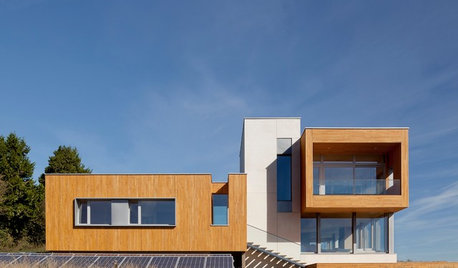
GREEN BUILDINGSunlight Used Right: Modern Home Designs That Harness Solar Power
Embracing passive heating principles through their architecture, siting and more, these homes save energy without skimping on warmth
Full Story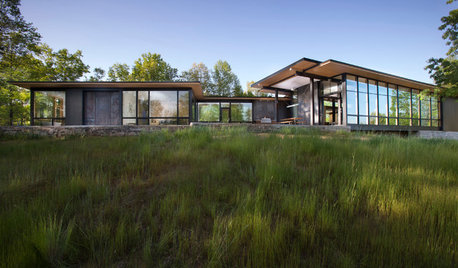
CONTEMPORARY HOMESHouzz Tour: Natural Beauty in the Blue Ridge Mountains
Generous glass opens this home to its acres of views, while wood and steel keep it strong and grounded
Full Story
GARDENING GUIDESNew Ways to Think About All That Mulch in the Garden
Before you go making a mountain out of a mulch hill, learn the facts about what your plants and soil really want
Full Story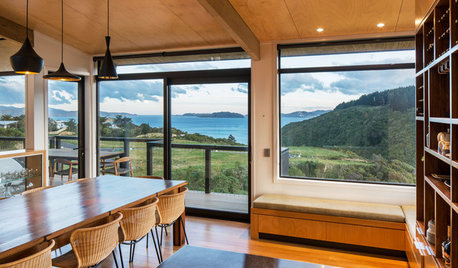
HOMES AROUND THE WORLDHouzz Tour: A Home Nestled in New Zealand’s Coastal Hills
A couple build a modern family home influenced by their Sri Lankan heritage and their stunning new surroundings
Full Story
GARDENING GUIDESRocky Mountain Gardener's May Checklist
Follow nature's beckoning and enjoy the extravaganza; summer gardens are a blooming wonderland in the Rocky Mountains
Full Story0
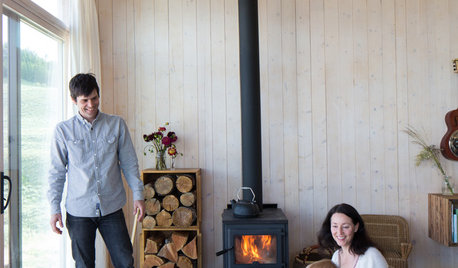
HOUZZ TOURSHouzz Tour: Family Builds Off the Grid Near the Cascade Mountains
Homeowners carefully construct a weekend home on 20 acres in remote northeast Washington
Full Story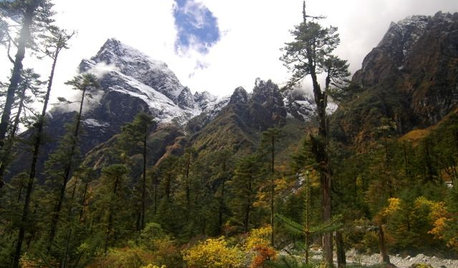
LANDSCAPE DESIGNLet Nature Inspire Your Landscape: Mighty Mountain Gardens
Bring an alpine vista to your yard by tucking resilient plants and flowers into rocky garden nooks
Full Story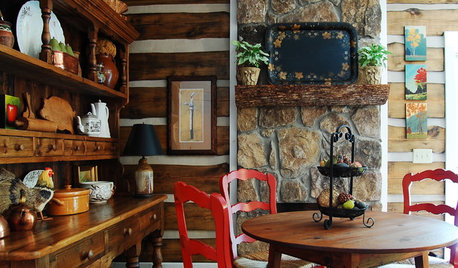
RUSTIC STYLEMy Houzz: A Rustic Log Cabin Charms in the Mountains of Alabama
An open layout, log walls and styled antiques create a comfortable, inviting getaway to share with friends and family
Full Story
CONTEMPORARY HOMESHouzz Tour: A Modern Retreat in the Blue Ridge Mountains
Scandinavian influences add to the clean lines of this 3-level, glass-clad weekend home in North Carolina
Full Story
NATIVE PLANTSGreat Design Plant: Wild Bergamot, Friend of Foragers
Nourish butterflies and other winged creatures with the tubular flowers of Monarda fistulosa, a pretty pink native
Full StoryMore Discussions






planatus
whatupdunOriginal Author
Related Professionals
Carlisle Landscape Architects & Landscape Designers · Fort Lee Landscape Architects & Landscape Designers · Hershey Landscape Architects & Landscape Designers · Saint Charles Landscape Architects & Landscape Designers · West Chester Landscape Architects & Landscape Designers · Woburn Landscape Contractors · Andover Landscape Contractors · Gurnee Landscape Contractors · Hilton Head Island Landscape Contractors · Inglewood Landscape Contractors · Medford Landscape Contractors · Washington Landscape Contractors · York Landscape Contractors · Yuba City Landscape Contractors · Golden Valley Landscape ContractorsRaw_Nature
pnbrown
fruitnut Z7 4500ft SW TX
wayne_5 zone 6a Central Indiana
gardenlen
whatupdunOriginal Author
pnbrown
bluebirdie